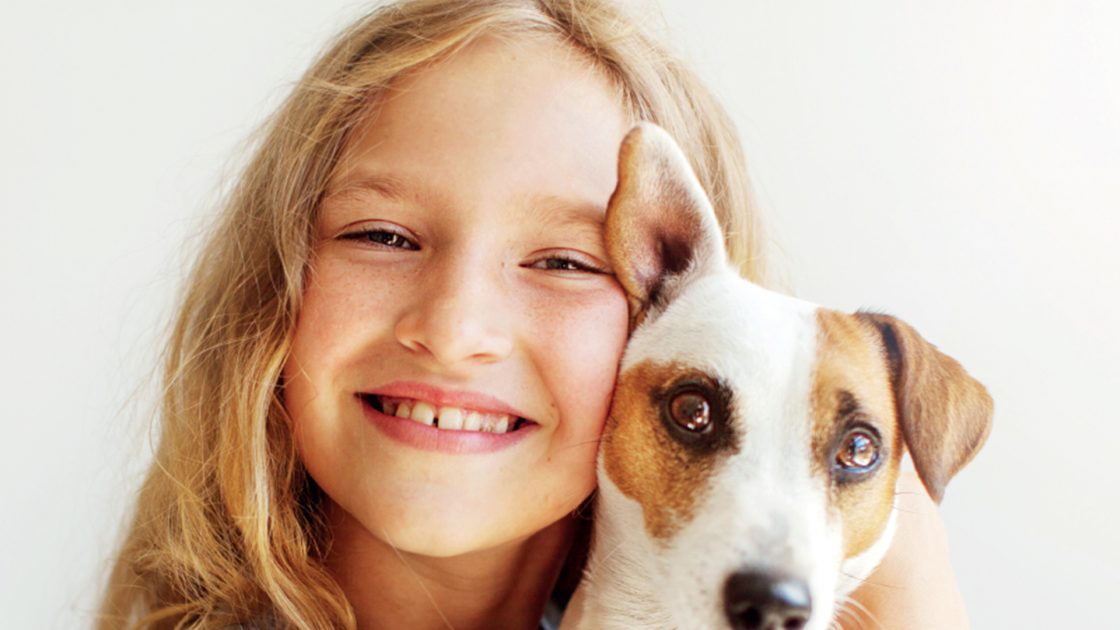
Vaccinating animals (or individuals) with present coronavirus vaccines is not anticipated to supply cross-safety, and so they should not be used for this function. SARS-CoV-2 infections are exceedingly uncommon in pets and the few that have been documented have been gentle, resolving with out incident.
With kindness, compassion and adaptability, we will work towards all pets and the people who love them staying together during this disaster. Check together with your native shelter or rescue to see how one can support them throughout this crisis. Your generosity will be gratefully accepted, particularly during this annoying time. Consider donating supplies, both through your native animal shelter and different businesses like human meals banks. Have crates, meals and additional provides readily available for motion and relocation of pets if essential.
In the Pets for Life program focus space in Atlanta, 38% of people live under the poverty line with little or no access to pet care providers. People might have folks to stay a richer life, but pets can present many of the identical perks, based on a research published by the Journal of Personality and Social Psychology. Pets also provide the probability to fulfill like-minded homeowners on the vet, pet store, or coaching classes.
If they must take care of their pet, they should preserve good hygiene practices and put on a face mask if potential. While getting a pet, seeking pet therapy, or discovering ways to spend extra time along with your companion animal are nice ways to assist psychological health, this data is not a substitute for skilled medical advice or therapy for particular medical situations. HABRI needs individuals to be healthy by together with pets in their lives, safely and responsibly.
A photographer spent over 10 years capturing the unique ways people interact with their pets at house
Forty years later, the scientists discovered themselves with domesticated foxes that eagerly approached humans, wagging their brief and curly tails, pricking their floppy ears, and allowing their gentle, speckled fur to be petted. Their wilder counterparts, on the other hand, remained combative, untamed, and anatomically like their ancestors. The researchers showed domestication was breedable and that it came as a bundle cope with predictable adjustments anatomy and physiology. Next, we now have the inverse of taming, by which a domesticated species is released to the wild and adjusts to fending for itself, ends in a feral animal.
A 2010 examine states that human relationships with animals have an unique human cognitive element and that pet-keeping is a fundamental and ancient attribute of the human species. Anthropomorphism, or the projection of human feelings, ideas and attributes on to animals, is a defining function of human pet-keeping. The study identifies it as the identical trait in evolution answerable for domestication and concern for animal welfare.
Without fences, I am positive these canines might patrol a fair higher range, but letting the Great Pyrenees wander her most vary is often not fascinating. Natural and human-made hazards pose a threat to the uncontained dog, and the dog may pose a threat to others. Living on a farm with five different species, together with chickens and canines, has convinced me of an animal’s right to position, too. in pre-medical trials to assess security and efficacy of recent treatments.
The ability to stay around folks subsequently conferred important benefits to those animals that adapted to it . Commensal species such as mice, rats and sparrows that tailored to human village environs (and their trash), probably emerged first. Although the earliest grain cache (of wild, not home, grains) within the Near East is dated to 21,000 B.P.
This second set of analyses tells us how a lot a certain attribute is expounded to the several types of pet ownership, using log odds to describe the scale of the connection. Most of the analysis on pet ownership and well being outcomes compares pet owners with non-pet owners, but is this an acceptable comparison to make? Is there something about pet owners that’s inherently different about these groups that will also affect health? In other phrases, can we trust analysis that examines pet owners and non-pet homeowners and then tries to make causal attributions about differences in health?